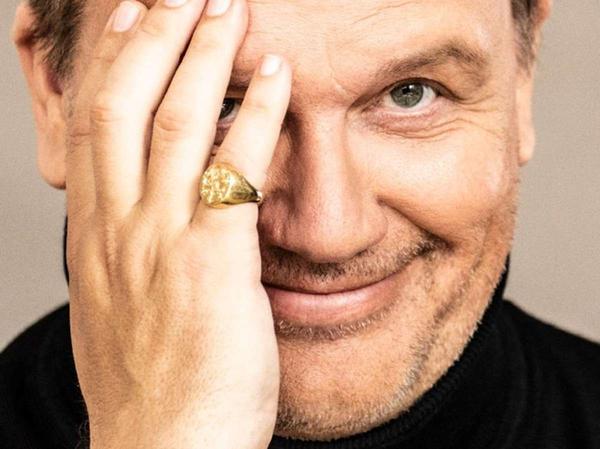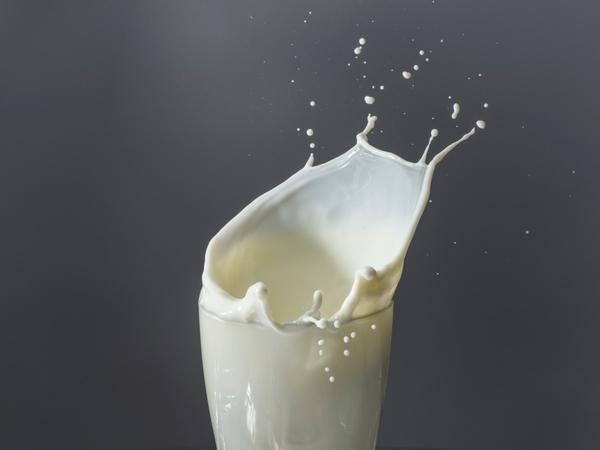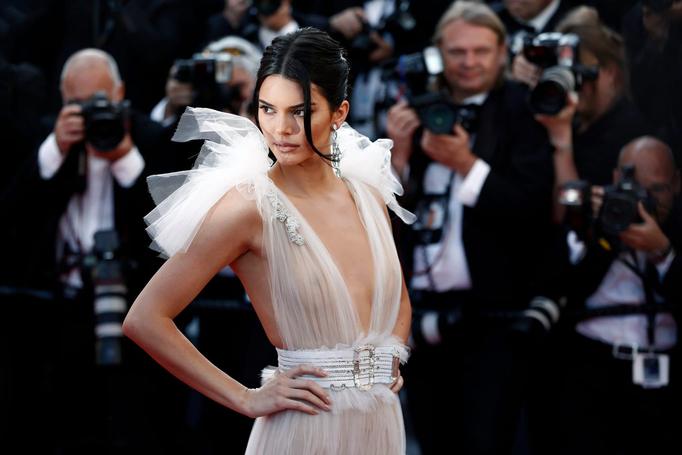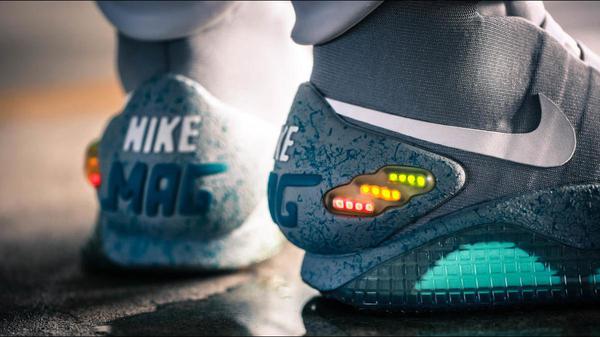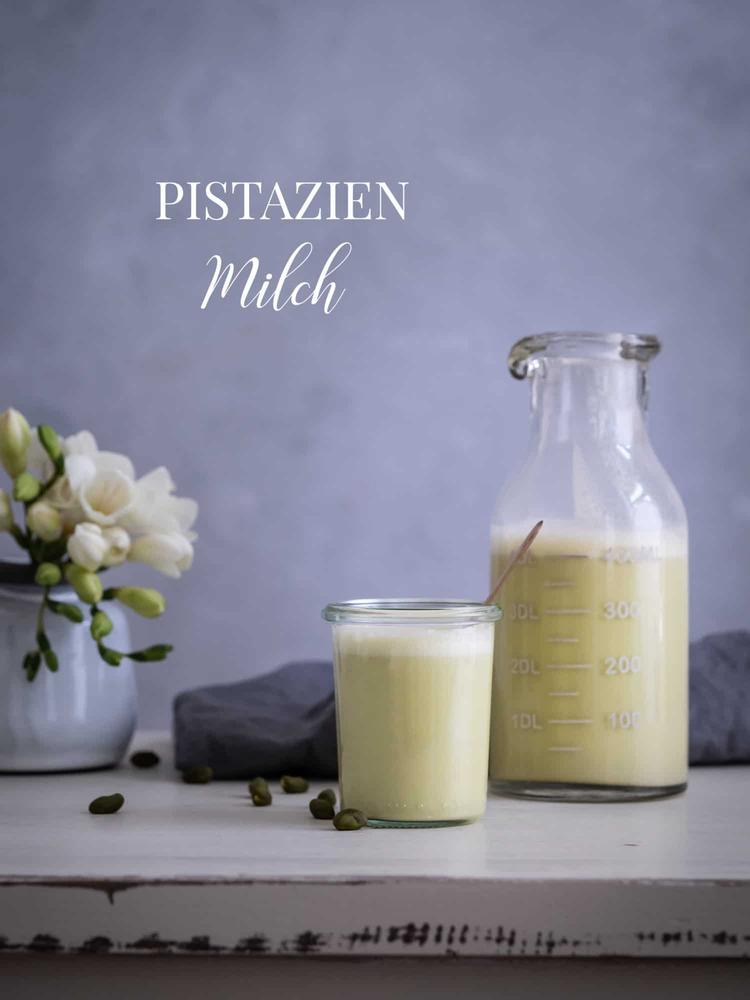
By Julia Kilian
Berlin. What sparkles brightly on the facade is a little reminiscent of a gymnasium at the back entrance. Light tubes hang on the walls. A vending machine spits out chocolate bars and coke bottles. A dancer in a robot suit gets ready for the show. No theater in Berlin attracts as many visitors as the Friedrichstadt-Palast, which is now celebrating 100 years of stage history.
Building and livingAre you still living or are you already building?Here you will find everything you need for refurbishing, renovating or building your own four walls.
"Most people might think we'll come here and then we'll turn on the light and off we go," says Olaf Eichler. "But it's not like that." The head of lighting and his team have just tested hundreds of spotlights. He always does, before every show. If you want to learn something about the history of theatre, you've come to the right place.
Friedrichstadt-Palast reminds many of showgirls and acrobatics, of GDR television and "Ein Kessel Buntes". The origins of theater go back even further. On November 29, 1919, Max Reinhardt founded the Großes Schauspielhaus, where the Comedian Harmonists, for example, performed. A dark chapter followed.
After the National Socialists seized power in 1933, Reinhardt had to leave the country. The Nazis renamed the house the "Theater des Volkes", it was damaged during World War II and later used as a heat hall, among other things. During the division of Germany, the palace developed into a place of longing in the East.
People waited in lines when new tickets went on sale, says lighting director Eichler. Tickets for the Friedrichstadt-Palast? They were almost a second currency, for example if you wanted to shorten the waiting time to register your car, if you needed spare parts or "a few tiles".
The theater has borne the name "Friedrichstadt-Palast" since the post-war period, but the employees often only speak of the "palace". Eichler has been there since 1983, when the theater was in a state of upheaval. The GDR building supervision had closed the building at that time. A replacement building was built nearby - the well-known magnificent building with a water basin and ice rink, in which the theater plays to this day.
At the opening there were fans, feathers and half-naked dancers. East German head of state Erich Honecker sat in the audience. "It was the most important news of the day," Der Spiegel magazine wrote about the opening show at the time. "The German Democratic Republic has had nightlife since April 27, 1984, 7 p.m.."
The spokesman for the "Aktuelle Kamera" read out the news with "the usual serious expression of a professional class warrior" that "the ballet is "pleasantly long-legged"," says the "Spiegel" article. To this day, women and sometimes men dance the kickline: they throw their legs up in a row.
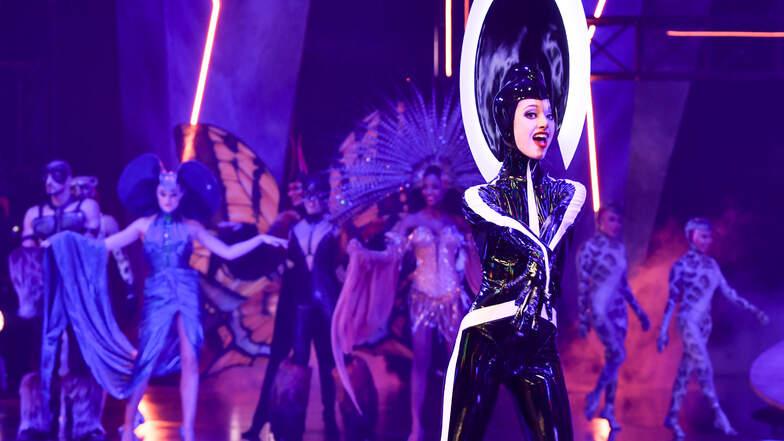
The dancing "Girl" series is a trademark of the Friedrichstadt-Palast. Designer Michael Michalsky said in an rbb documentary about the Friedrichstadt-Palast that if he were to be a billionaire one day, he would live in a beautiful house in Grunewald. "And instead of an alarm clock, I'll have the girl dance series."
Today, 60 dancers work in the Friedrichstadt-Palast. One of them is the Italian Veronica Sala. She is wearing a glittering green dress - with a blue hat designed by Philip Treacy. The hat maker has worked for US pop star Lady Gaga, among others. For the current show "Vivid" he has designed several headgear.
Dancer Sala likes her work because she can dance different styles. Contemporary and modern, sometimes with pointe shoes, but also the kickline. Yes, it's exhausting, but it gives her strength to dance on such a big stage. "It's just fun." After the performance, a footbath sometimes helps.
The stage with around 2200 square meters is often advertised as the largest in the world. The "FX department" takes care of special effects such as fireworks and lasers. "Here alone we have five different types of fog and ten different types of fog machines," says Eichler. Half a million visitors have already attended the revues this year.
There were also difficult times. After the fall of the Berlin Wall in 1989. People first wanted to see what was new in other places, says Eichler. "It was a pretty hairy time." In 2007, the theater needed public funding. The house is now fully booked for many evenings.
In the show, glitter falls from the ceiling, a man wears a banana skirt, and performers in frog costumes chatter. In one scene, two artists are hanging from the ceiling - only holding on to the rope with their teeth. The story of "Vivid" is reminiscent of "Alice in Wonderland": A girl loses herself in the world of androids and finally finds herself after a long journey.
Between roller skates and disco music, brass band and half-naked people, there are life lessons. "Who are you when no one is watching you?" a voice asks, for example. Or "When was the last time you did something for the first time?". One of the lyrics at the end: "I never thought it would work like this. That you can only find each other if you lose yourself." Spectators treat themselves to a glass of sparkling wine during the break. "Great idea."
Make-up artist Antje Potthast is part of the team behind the scenes. She stands between wigs, hairspray and makeup pots. Two artists are being made up and are talking about looking for a flat in Berlin. In the mask room it goes back and forth, in German, English and later Spanish.
If you ask Potthast what fascinates people about the shows, many points come to mind. The music, the costumes, the mood and the artistry. That you can just go somewhere - "after a hard everyday life or maybe a hard life" - where you can "just let yourself be sprinkled with water". "And enjoys the beautiful things in life." (dpa)
www.palast.berlin

